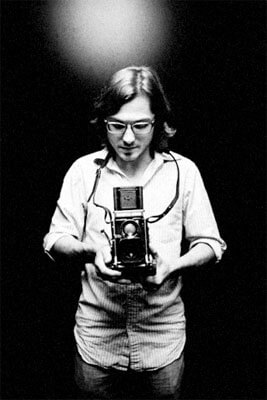Brandon Thibodeaux (b. 1981) is a photographer based in Dallas, Texas, who creates portraits in the documentary tradition. In addition to his assignment work and creative commissions, he explores life in the American south. He is a member of the photography collective MJR, based in New York City.
Clients and Publications
ABC Disney, AARP Bulletin, Forbes, FT Weekend Magazine, The Guardian Weekend Magazine, Gatorade, Goodyear, The Los Angeles Times, Luminant Power, MSNBC.com, Newsweek, The New York Times, Pennzoil, US News & World Report, The Wall Street Journal
Awards and Accolades
PhotoNOLA: Review Prize, 2nd Place, 2012; Center Awards: Review Santa Fe, 2012; Magenta Foundation: Flash Forward, US Winner, 2012; Oxford American: 100 Under 100,New Superstars of Southern Art 2012; FotoWeek DC: 1st Place, Portrait, 2011; Michael P. Smith Fund for Documentary Photography: Finalist, 2011; LOOKbetween Featured Artist: Charlottesville, VA, 2010; Getty Reportage Emerging Talent: 2009-10; Eddie Adams Workshop XIX: Jeffersonville, NY, Alumnus, 2006
